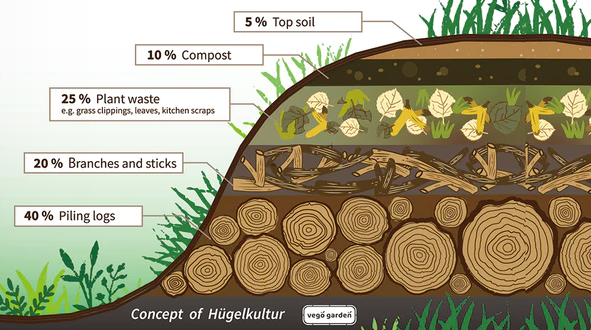The ability to soar through the skies has captivated human imagination for centuries. From the first flaps of wings to the sophisticated aircraft of today, flight remains one of the most awe-inspiring achievements of science and engineering. At the heart of this accomplishment lies the intricate dance of physics that governs the principles of flight. In this exploration, we'll unravel the fundamental concepts that allow birds, airplanes, and spacecraft to conquer the skies.
Lift and Bernoulli's Principle
The cornerstone of flight lies in the generation of lift. Lift is the force that counters the weight of an aircraft, allowing it to rise against gravity. One of the key principles at play here is Bernoulli's Principle, which states that as the speed of a fluid (such as air) increases, its pressure decreases. In the context of flight, this phenomenon occurs as air moves faster over the curved upper surface of a wing, creating a lower pressure area compared to the flat lower surface. This pressure difference generates an upward force, lifting the aircraft.
Shape Matters: Wing Design
The shape of an aircraft's wings plays a crucial role in its ability to generate lift efficiently. Wings are designed with a curved upper surface and a flatter lower surface, creating the necessary pressure difference. This is why airplane wings are often referred to as airfoils. The angle at which the wing meets the oncoming air, known as the angle of attack, also affects lift. Too steep an angle can lead to turbulence and loss of lift, a phenomenon known as a stall.
Thrust and Drag
While lift opposes weight, another pair of forces comes into play: thrust and drag. Thrust is the force generated by engines that propels an aircraft forward, overcoming drag, the resistance encountered as the aircraft moves through the air. In achieving a balance between thrust and drag, airplanes can maintain a steady speed and altitude.
Newton's Third Law and Propulsion
Newton's third law, often summarized as "for every action, there is an equal and opposite reaction," is the driving force behind propulsion systems. Jet engines, for instance, work by expelling a high-speed stream of gases in one direction, propelling the aircraft in the opposite direction. This principle applies equally to rocket engines, which operate in the vacuum of space, demonstrating that the laws of physics are universal and versatile.
The Challenges of Spaceflight
While the principles of flight on Earth are well-understood, spaceflight introduces an entirely new set of challenges. In the vacuum of space, there is no air to generate lift or drag. Instead, spacecraft rely on the principle of conservation of momentum, expelling mass at high speeds to achieve acceleration in the opposite direction. This is elegantly demonstrated by the reaction control thrusters and main engines of spacecraft.











